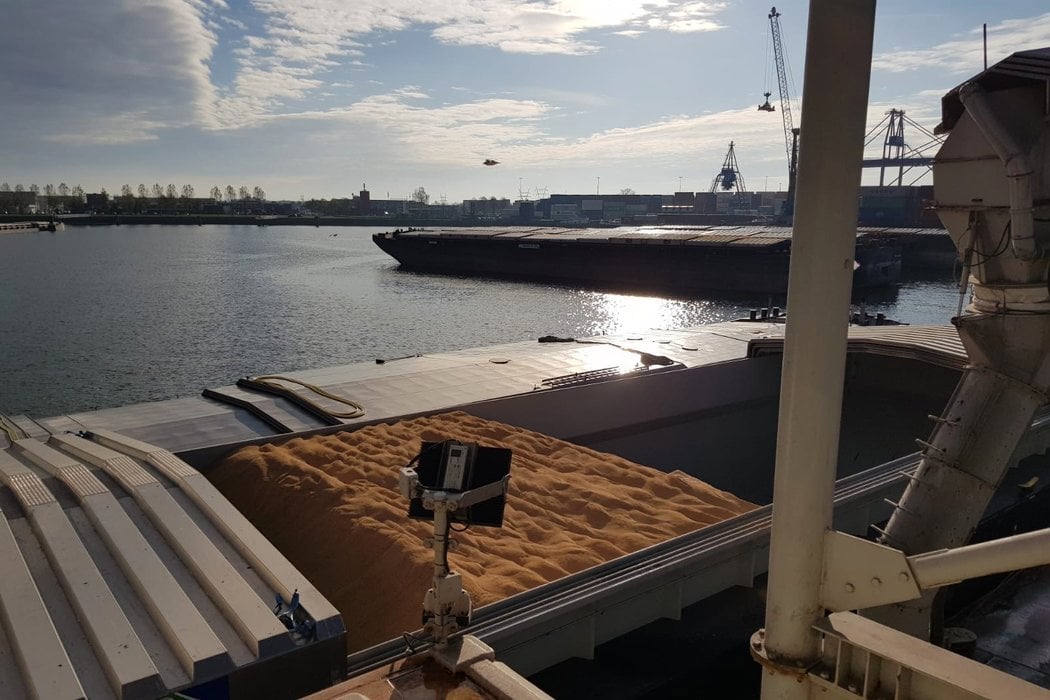
Securing hygiene during transport
Raw material trading is integral to ensuring a constant supply of high-quality raw materials across the globe. High-protein raw materials are at risk for enterobacteriaceae (such as Salmonella) contamination. Transport conditions create the perfect environment for these bacteria to flourish, ultimately impacting the ability to supply safe and high-quality raw materials.
Samples are often analysed while the raw materials already departed from their port of origin and results may come in while the material is in a barge at sea. In the case of a positive analysis result for Salmonella their value is decreased significantly and they may not be allowed to continue to their final destination.
Testing positive for Salmonella not only reduces the monetary value of the materials, but can severely damage the company’s brand image in the market. To prevent further degradation of raw material quality and to mitigate the harmful bacteria, it is vital that an effective treatment is applied upon arrival at the port.



